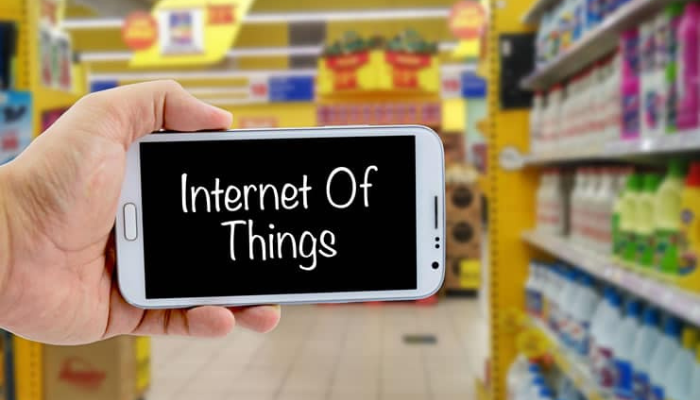What does it mean to compute at the edge and why should FMCG companies even care?
Compute at the edge. This concept puts the data, the applications, the networks and the devices right up close to the consumer, on the edge. It is the epitome of faster, better, more. The ability to move at speed, make decisions on a dime and pivot within the confines of uncertainty. But why should the FMCG sector care? Isn’t this the compute reserved for the high-tech giant, the tech-driven startup? Not when the potential economic value of IoT is around $5.5 trillion and could help the sector develop creative solutions to complex problems, something 96% of retailers are keen to do post-pandemic.
“The FMCG sector has heard it all, it knows about IoT, about how sensors can shift operational efficiencies and how it can help them cut costs and stay ahead of the competition,” says Activate Founder, Rodney Taylor, at Vivica’s Guardian Eye. “The thing is, there is a perception that IoT hasn’t evolved at the pace of hype, so many FMCG companies are uncertain of its value or how to realistically unpack it.”
McKinsey echoes this sentiment. In 2015 the firm published a report that looked at how IoT could deliver value beyond the existing hype, now six years later, the analysis has been updated and the firm found that even though the market has grown, it hasn’t done so at the pace expected. However, it hasn’t stagnated, nor has it disappeared off the digital radar. While the limitations to its growth have been impacted by access to skills and security concerns, among other considerations, the technology has matured and is now sitting on stronger foundations that can deliver the edge IoT that’s needed by FMCG.
“First, by putting FMCG on the edge using IoT, firms can measurably cut costs,” says Taylor. “Think of it like this – if a company has to ascertain the temperature of its fridges using manual resources, there’s a very good chance that the results will be inaccurate and lack consistency. It will also take a lot of time that would be better spent in other areas of the business. Now, by introducing an IoT temperature sensor, for example, all the fridges in one environment will be measured accurately, for the same length of time, and on demand. The data is right there, with no delays and unnecessary costs to the company. It not only saves time but it’s also convenient.”
In this example, IoT sits right at the edge of the customer’s requirements and ticks multiple very useful boxes. It can also be an added safety element as the system can be configured to send an alert whenever a certain temperature is reached, so the business knows of a problem within minutes. And these devices aren’t going to take the weekend off, they keep on going so the temperatures remain stable and product wastage or loss is significantly reduced.
“When you consider how much it costs to install, maintain and manage fridges in the average FMCG set-up, it’s easy to see how the edge compute can benefit the business,” says Taylor.. “If a pump fails, a sensor will catch it. If the power and the backup fail, a sensor will catch it. If someone forgets to close the walk-in fridge on a busy night at the restaurant, the sensor will catch it. A safety net built by technology but designed to translate into useful insights and alerts that are relevant to companies working in FMCG.”
Alongside the cost savings and the smoother management of systems, and this doesn’t have to sit in the realm of fridges, IoT and its agility at the edge can also transform how the sector manages its networks, payments and customer interactions. Using an IoT-specific network, companies can add specific functionality on demand and use the speed at which IoT communicates to refine multiple aspects of their operations and environments. The sensor temperature functionality can be used to generate insights and reports that can be used to further refine operations on a granular level – when does the temperature fluctuate the most, what are the contributing factors, and how can this be resolved? Reporting of this nature can extend into all environments, battery usage, power management and more – every sensor touchpoint an opportunity to refine operations and cut costs.
“This is why you should put your fridge on the edge,” concludes Taylor. “Not the edge of a cliff, or the edge of reason, but at the edge of what IoT can realistically offer you in the real world, providing you with immediate cost savings and efficiencies that directly benefit your bottom line.”













